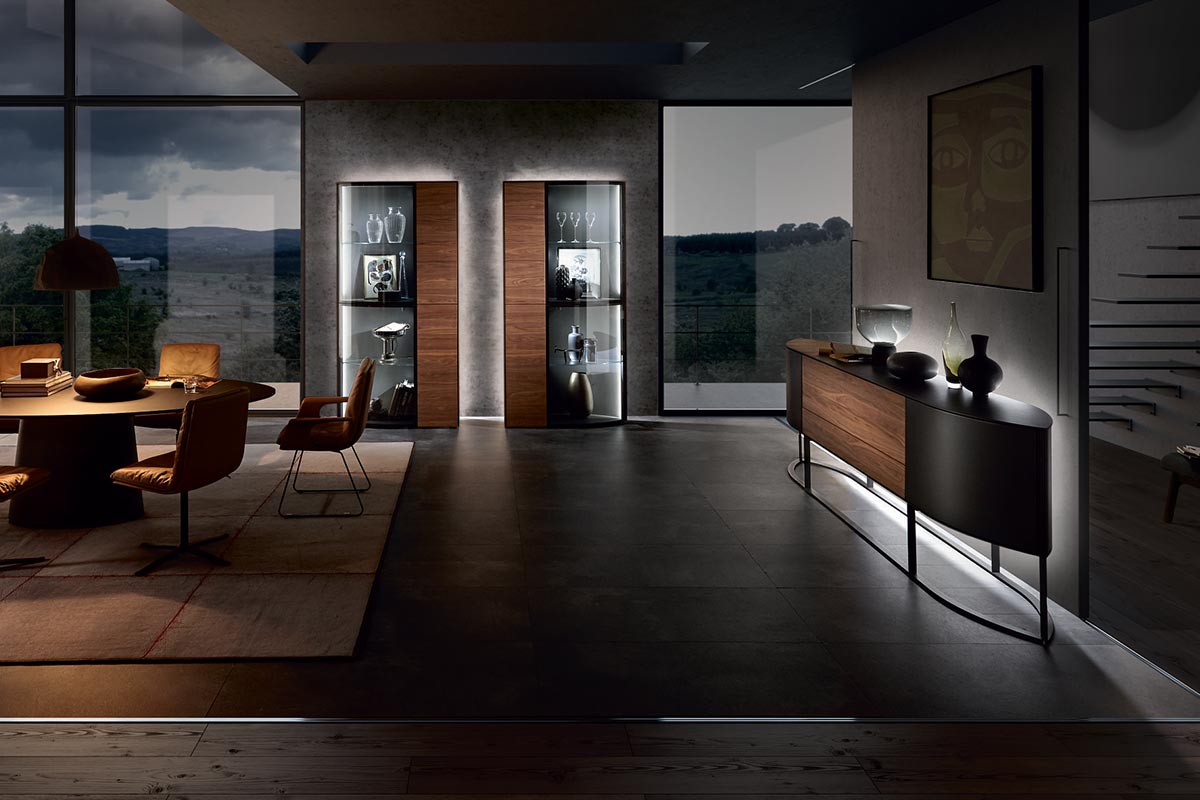Light design is the process by which a method is created to apply light to an interior or exterior space. It is the light that allows us to perceive the spaces, it is what influences the architectural perception: Expands and accentuates places, creates links and delimits areas and zones. Even light can cause different visual experiences and give states of mind.
Lighting is designed for people, the user and their needs must be kept in mind, as well as the architecture, surfaces, materials and structures of the space to be illuminated.
Where to start.
For design lighting, both natural and artificial light must be considered. An important concept in this area is the use of natural light, an increasingly important element in construction projects, whether commercial or residential, and to join a very current trend: energy efficiency.
A starting point for design lighting is to know how much light is needed in certain spaces, which are often regulated by laws. It is not the same lighting a living room in the house, or lighting of a corridor or staircase for general use. Even inside a house it is not the same, the necessary lighting in a bedroom, as needed on the kitchen work table or in the reading room.
Types of lighting to consider in a design.
To achieve a good design, different types of lighting are used: general, focused, ambient or decorative.
The general lighting is the one that is in the whole environment, the one that allows us to perceive space and be able to move in it.
Focused lighting
Focused lighting, as the name suggests, is the one that helps us focus and hierarchy any element of architecture or any specific object, generating a contrast with the other lighting that shows details that cannot be seen with the naked eye.
Ambient lighting
 Flower Love
Flower Love
